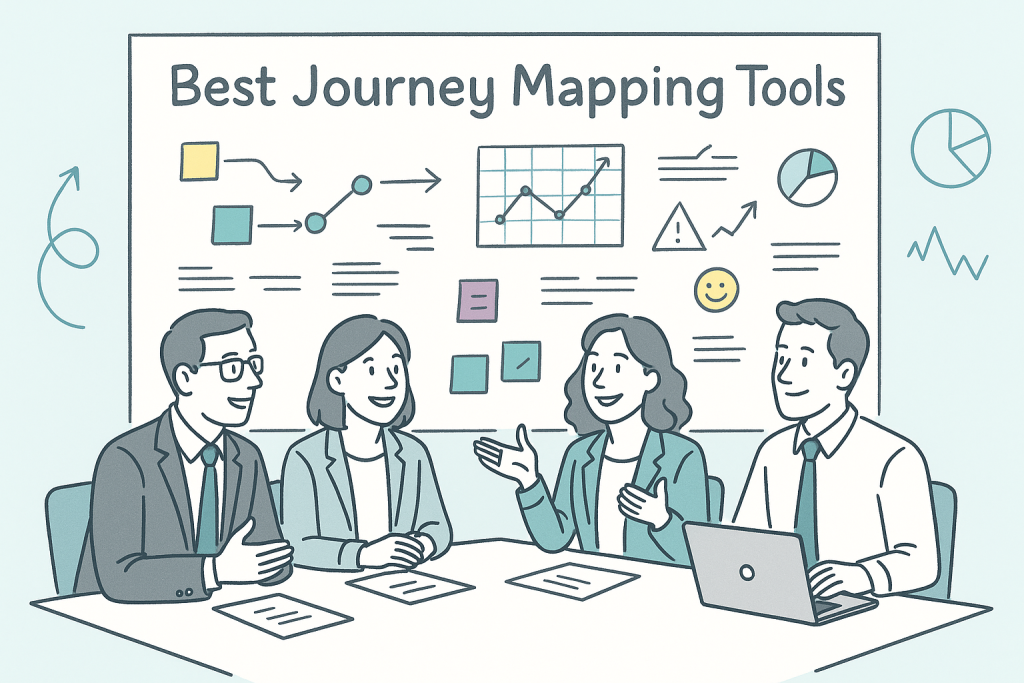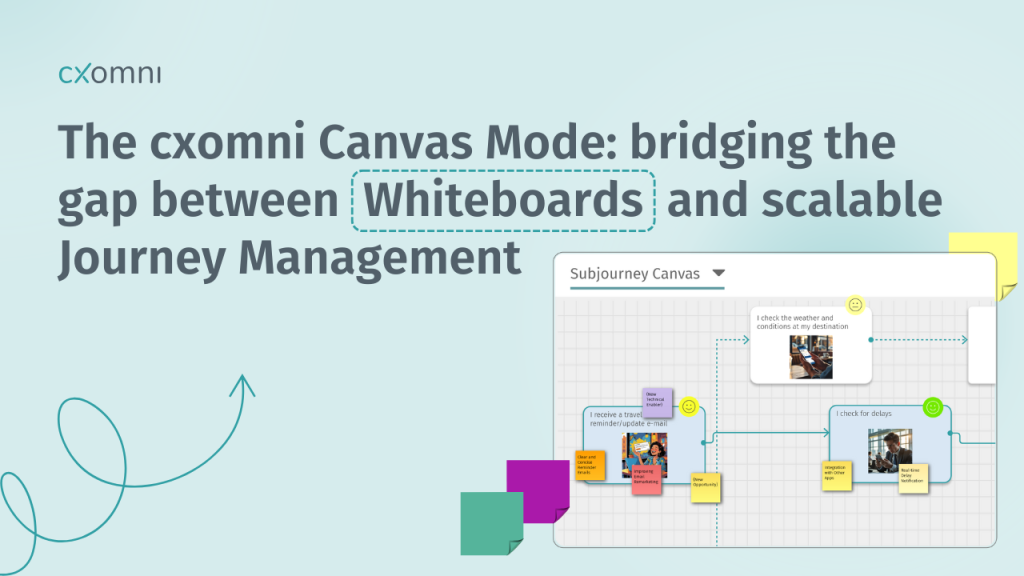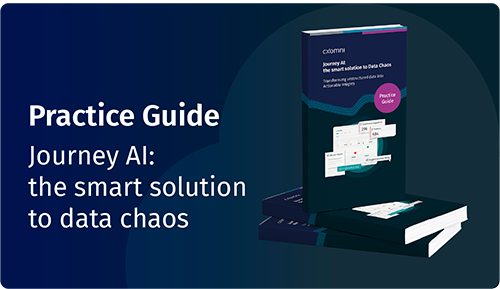The CX Workbench 2024 event, co-hosted by cxomni and Wavestone, brought together industry leaders from diverse sectors such as telecommunications, insurance, manufacturing, consulting, and energy. This gathering aimed to address the evolving challenges in Customer Journey Management (CJM) and explore innovative solutions. Here’s a comprehensive look at the key takeaways and strategies discussed during the event that can help businesses optimize their customer journeys effectively.
cxomni is a leader among
Journey Mapping platforms!
The Forrester Wave™: Journey Mapping Platforms, Q2 2022
Key Strategies for Enhancing Customer Journey Management
1. Agile Journey Management with SCRUM
The integration of SCRUM methodologies into journey management processes was highlighted as a significant advantage. SCRUM promotes agile, customer-centric operations by empowering interdisciplinary teams to solve problems and drive innovation autonomously. This approach not only facilitates rapid development of customer-friendly solutions but also helps dismantle organizational silos, fostering cross-departmental collaboration essential for seamless customer experiences.
2. Purpose-Driven Customer Feedback Analysis
Effective customer feedback analysis hinges on clear objectives. Companies must decide whether they need transactional feedback from touchpoints or broader research insights. The trend is shifting towards transaction-based Voice of Customer (VoC) feedback, which provides precise insights without overwhelming customers with surveys. Real-time data analytics and AI-driven sentiment analysis tools are invaluable for identifying trends and enhancing touchpoints based on feedback.
3. Closed-Loop Feedback Systems
Implementing a closed-loop feedback system is crucial for continuous improvement in CJM. Such systems leverage CJM tools to visualize journeys, validate hypotheses, and derive actionable insights from integrated data sources like VoC and web analytics. This approach ensures that businesses can monitor journey performance effectively and adapt strategies based on real-time feedback.
Practice Guide: Cross-industry solutions for the challenges of Customer Journey Management
Strategies & Best Practices
4. Embedding Journey Management in Organizational Culture
For journey management to be successful, it must be deeply embedded within the organization’s culture, supported by top-down leadership commitment. Establishing clear responsibilities and a shared understanding of customer journey goals is vital. Investments in CJM should focus on achieving tangible business impacts rather than merely supporting loyalty programs.
5. Change Management as a Catalyst for Customer-Centricity
Change management plays a pivotal role in fostering a customer-centric culture within organizations. By leveraging examples from other industries and emphasizing the value of CX management, companies can build internal awareness and support for CJM initiatives. Training programs that highlight the benefits of CXM over merely pointing out journey flaws are crucial for gaining stakeholder buy-in.
Quantitative Insights Supporting CJM
- Companies with robust customer journey management programs see significant benefits such as a 54% greater return on marketing investment and 3.5 times greater revenue from customer referrals.
- Improving customer experience can lead to a 42% increase in customer retention and a 33% improvement in satisfaction.
Conclusion: The Strategic Importance of Customer Journey Management
The discussions at CX Workbench 2024 underscored the critical role of targeted Customer Journey Management in driving business success across industries. By addressing complex challenges through strategic and operational solutions, companies can enhance their efficiency and customer loyalty. Investing in the right journey management tools not only streamlines customer processes but also strengthens long-term brand engagement.
For more insights into effective journey management strategies, explore cxomni’s case studies like “Unite” and “Generali,” which showcase practical applications of these principles in real-world scenarios.







